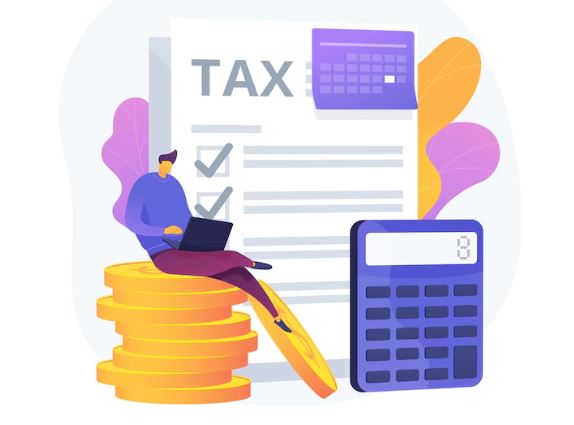Income Tax e Filing for AY 2025-26 – File Online Quickly & Safely
Get started with Income Tax e filing for AY 2025-26 in just a few easy steps. Our fast, secure online platform helps individuals and businesses file returns hassle-free. Avoid penalties, save time, and get expert assistance whenever you need it. File your income tax today with confidence—simple, accurate, and 100% compliant with the latest rules.











